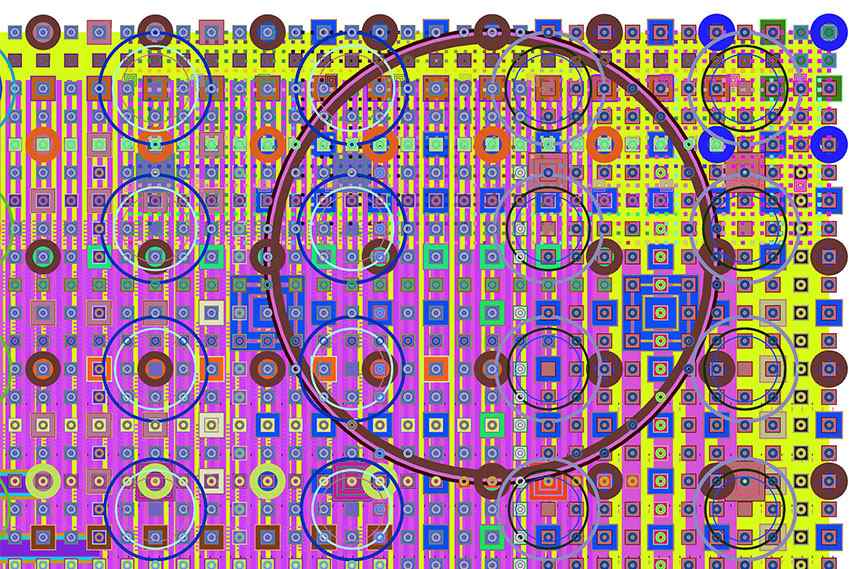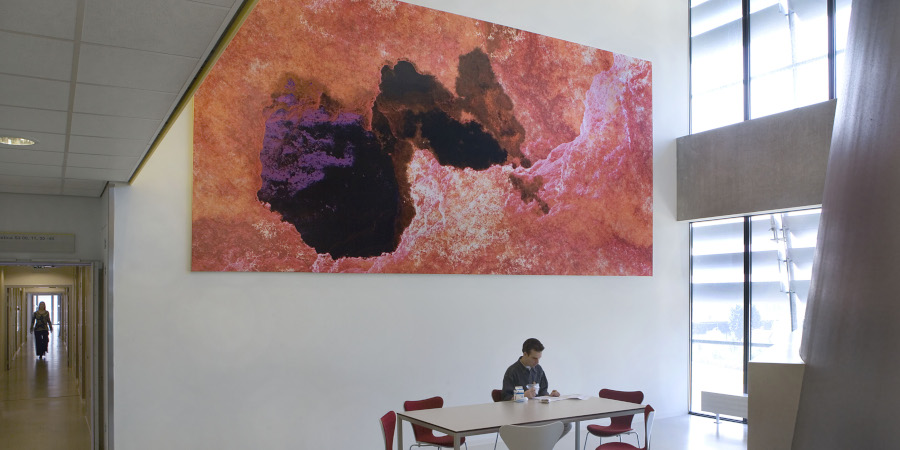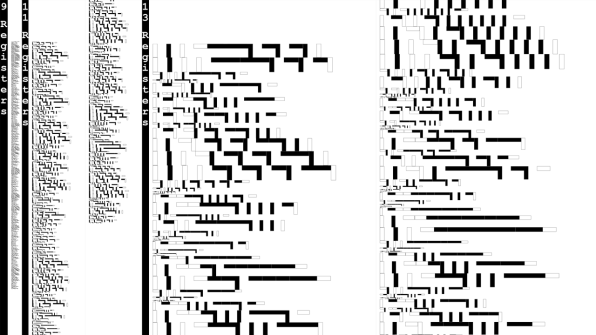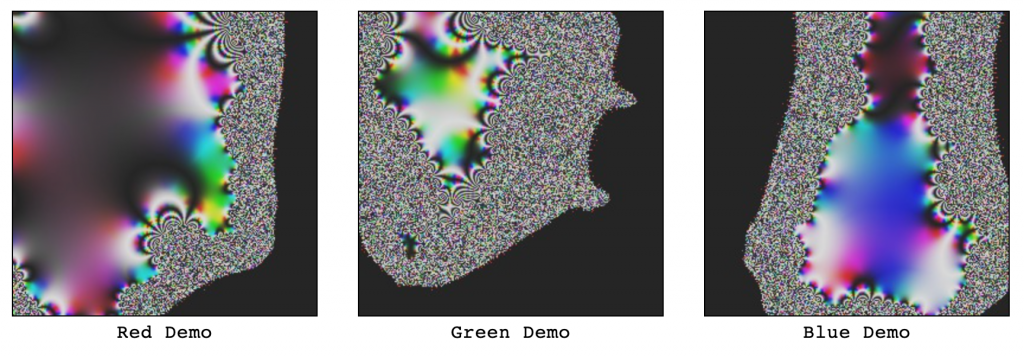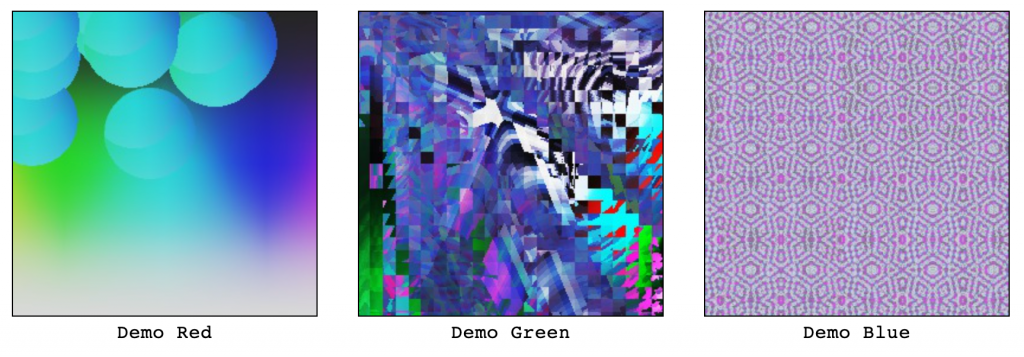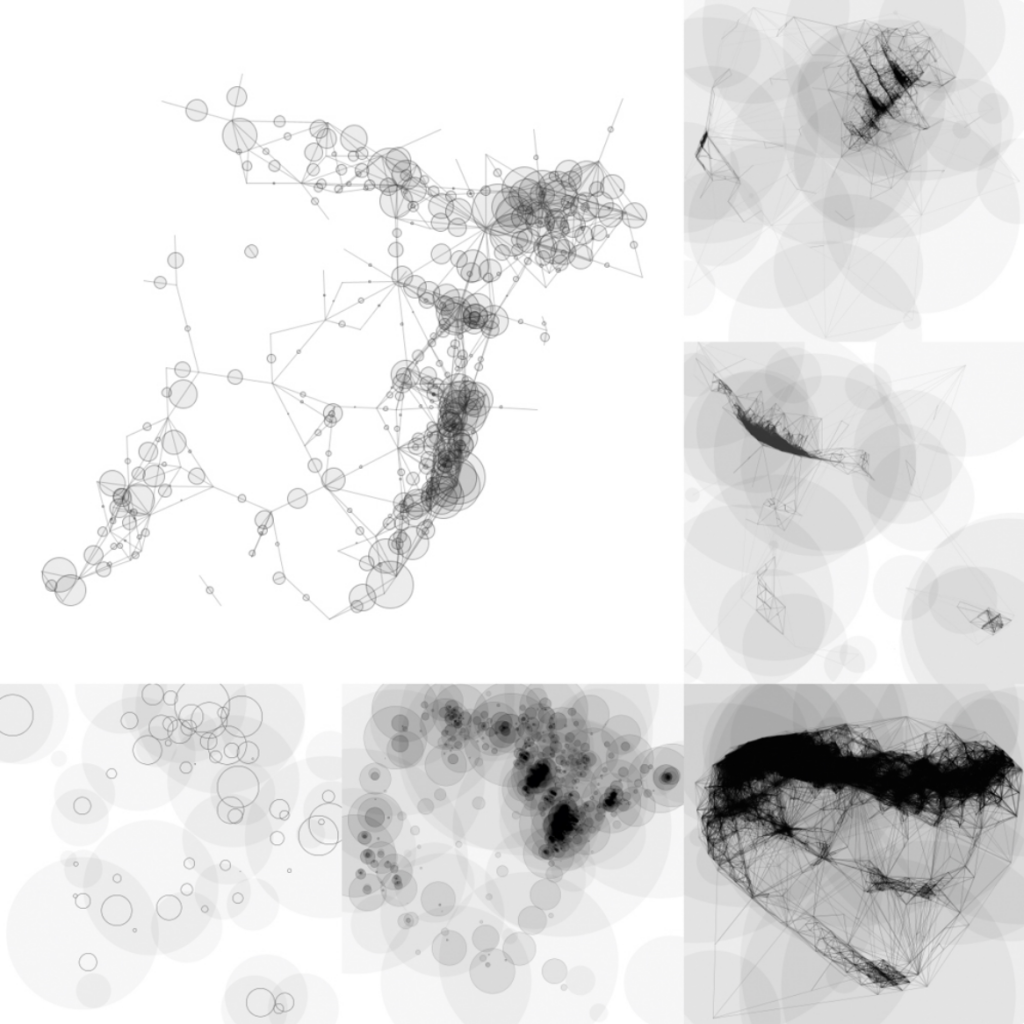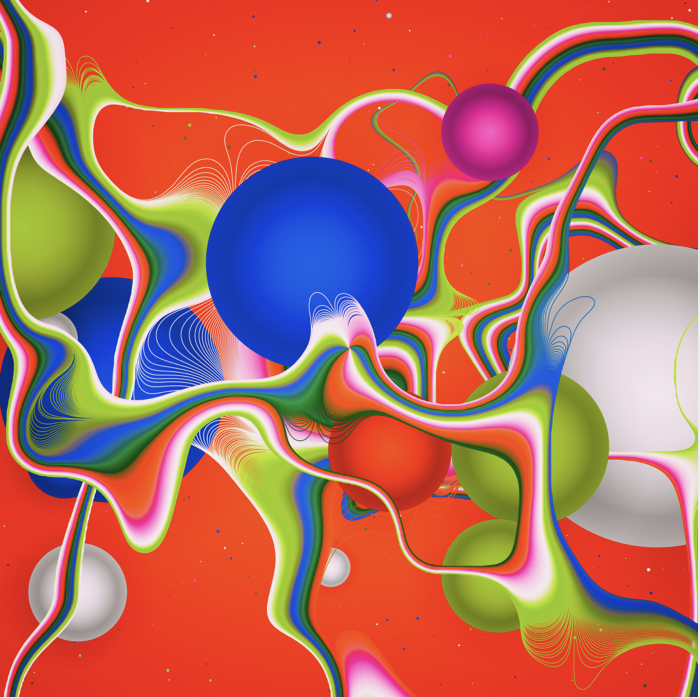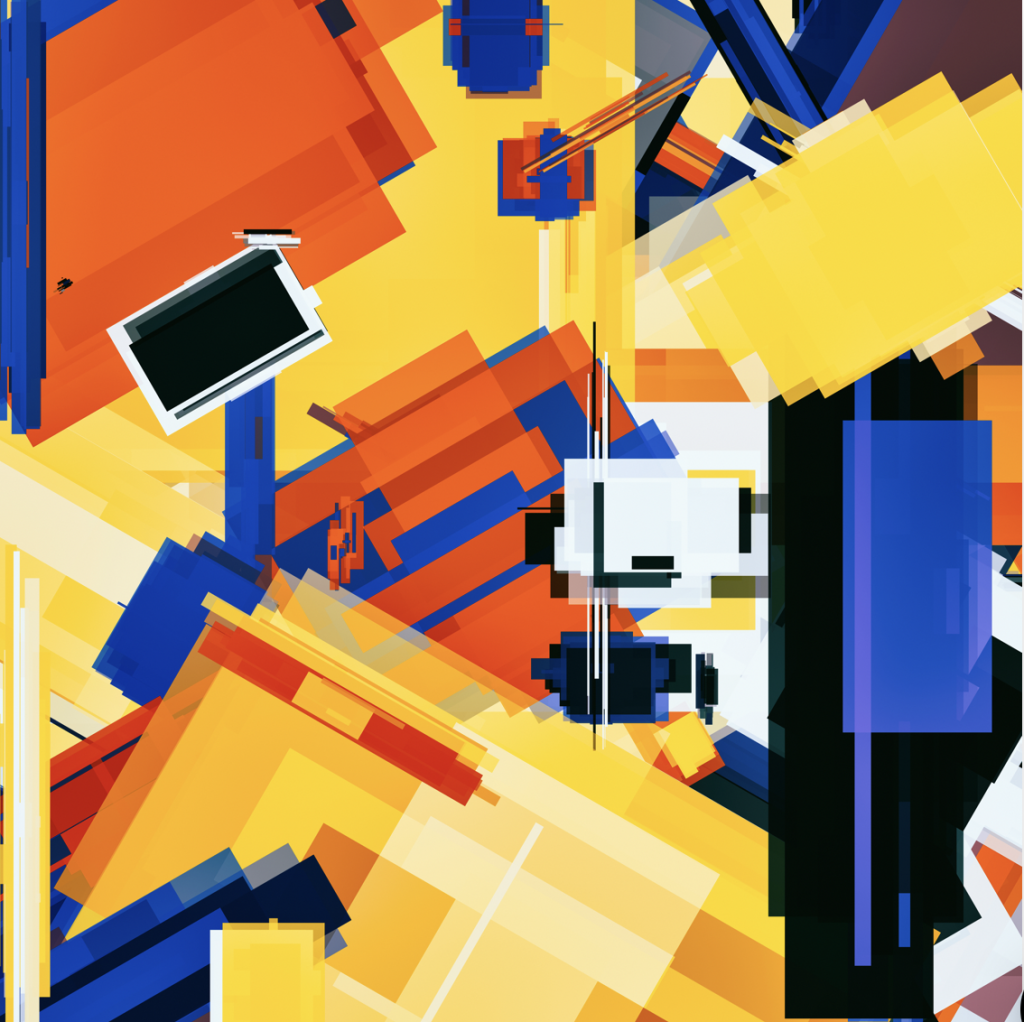I have always been very interested in quantum computers. Out of all the quantum projects that are in progress right now, one of the most interesting is probably the quantum processor being built at Google. Their goal is to use this quantum processor to create “pure randomness”. The main idea around this randomness is derived from the fundamental concept in quantum physics, known as superposition. In quantum physics, superposition is referred to when the Qbits (quantum particles) exist in a state of being both 0 and 1 at the same time. While you are able to use quantum theory to calculate the probability of the bit being either 0 or 1, ultimately the particles in superposition are fundamentally random. With this level of pure randomness, it can help us make big strides in cybersecurity and encryption. In a world basically run by technology, it is important that we have a way of protecting ourselves from cyberattacks, and quantum processors may be the answer.
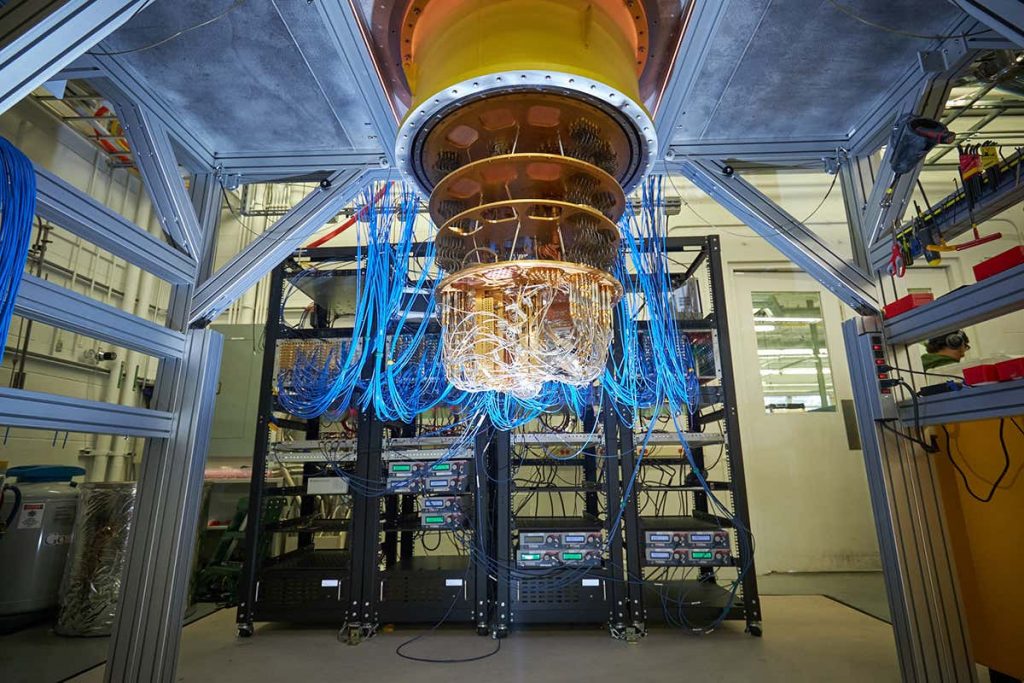
![[OLD SEMESTER] 15-104 • Introduction to Computing for Creative Practice](https://courses.ideate.cmu.edu/15-104/f2021/wp-content/uploads/2023/09/stop-banner.png)

